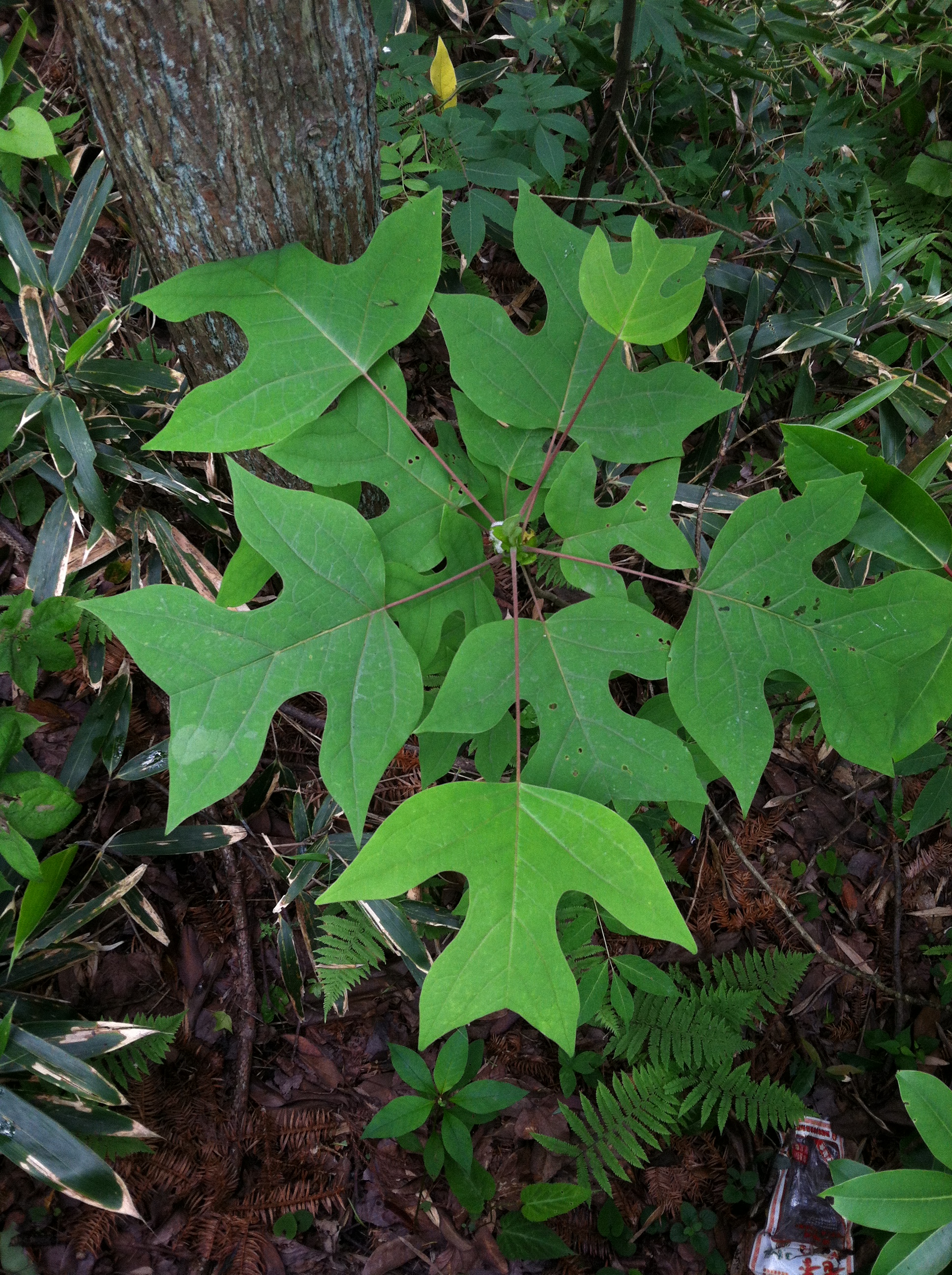 Biodiversity is multidimensional, composed of genetic, phenotypic, ecological, and geographic variation within and among species. Less frequently considered is the role of evolutionary history in shaping current patterns of biodiversity. That is, how does history constrain or enhance biodiversity? The forests of eastern Asia and eastern North America were anciently connected and have a shared evolutionary and ecological history; they therefore offer an excellent opportunity to study the drivers of biodiversity across geographic space and through evolutionary time. Within forests, plants grow in association with soil bacteria and fungi (collectively referred to as microbes), but little is known about how these associations vary within and among forests and how they generate biodiversity. Do forests in the eastern US and eastern China share evolutionary and ecological features that trace to their common ancestry, or have they followed separate paths since they diverged million of years ago? Do plants and microbes reveal the same patterns, suggesting their histories remain tightly linked, or do these patterns vary geographically? This project is a collaboration between US and Chinese scientists who are conducting novel analyses of plant and microbial diversity in forests in the US and China to discover those factors that shape biodiversity through space and time.
Biodiversity is multidimensional, composed of genetic, phenotypic, ecological, and geographic variation within and among species. Less frequently considered is the role of evolutionary history in shaping current patterns of biodiversity. That is, how does history constrain or enhance biodiversity? The forests of eastern Asia and eastern North America were anciently connected and have a shared evolutionary and ecological history; they therefore offer an excellent opportunity to study the drivers of biodiversity across geographic space and through evolutionary time. Within forests, plants grow in association with soil bacteria and fungi (collectively referred to as microbes), but little is known about how these associations vary within and among forests and how they generate biodiversity. Do forests in the eastern US and eastern China share evolutionary and ecological features that trace to their common ancestry, or have they followed separate paths since they diverged million of years ago? Do plants and microbes reveal the same patterns, suggesting their histories remain tightly linked, or do these patterns vary geographically? This project is a collaboration between US and Chinese scientists who are conducting novel analyses of plant and microbial diversity in forests in the US and China to discover those factors that shape biodiversity through space and time.
This multidisciplinary project integrates phylogenomics, biogeography, and plant and microbial evolution and ecology to address novel questions on the origins and functional consequences of biodiversity. The research team will reconstruct evolutionary histories for key plant groups shared between eastern North America and eastern China using cutting-edge genetic methods and will evaluate spatial patterns of diversity within and between continents. Exploration of microbial diversity across spatial scales – from individual plant microbiomes to communities to continents – will yield new discoveries of biodiversity and plant-microbial interactions, enabling investigation of co-diversification  of plants and associated microbes. Ecosystem function, inferred from analysis of plant functional traits and remotely sensed canopy properties, will be quantified at all sites and linked to analyses of microbial function. Innovative analytical methodologies will lead to new discoveries in evolutionary and functional diversity of plants and microbes at community and regional scales. Integration of historical connections, current patterns, and future species distribution models will lead to more holistic views of the drivers of biodiversity and a better understanding of our planet’s ecosystems, how to conserve them, and how to represent them in global climate-carbon models that inform national and international climate and energy policies.
of plants and associated microbes. Ecosystem function, inferred from analysis of plant functional traits and remotely sensed canopy properties, will be quantified at all sites and linked to analyses of microbial function. Innovative analytical methodologies will lead to new discoveries in evolutionary and functional diversity of plants and microbes at community and regional scales. Integration of historical connections, current patterns, and future species distribution models will lead to more holistic views of the drivers of biodiversity and a better understanding of our planet’s ecosystems, how to conserve them, and how to represent them in global climate-carbon models that inform national and international climate and energy policies.
The research team will conduct joint fieldwork in both the US and China and has developed an extensive education and training program for students at various levels, a highlight of which is a cyber-enabled course for Chinese and US participants.
For more information on the NSF Dimensions of Biodiversity Program, see here.